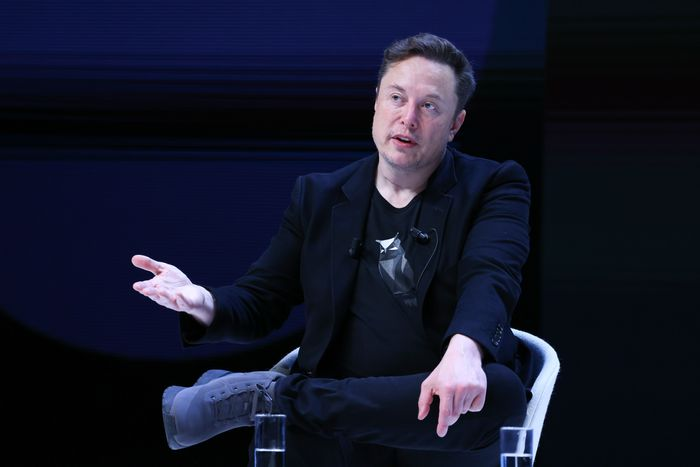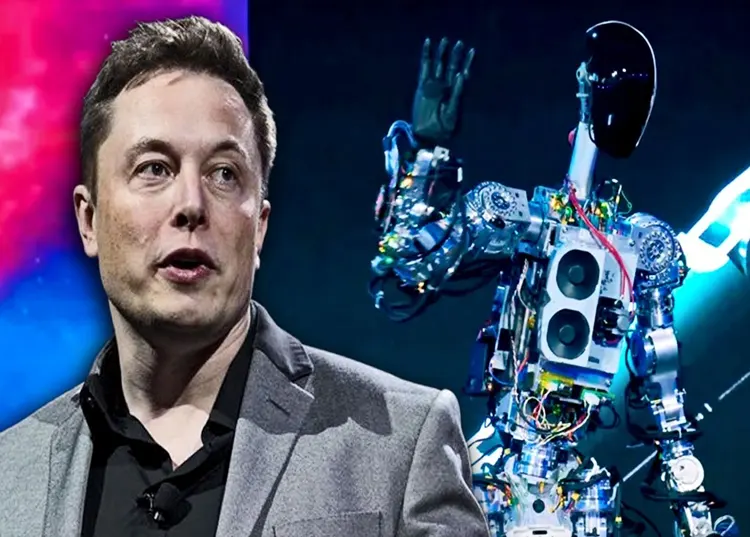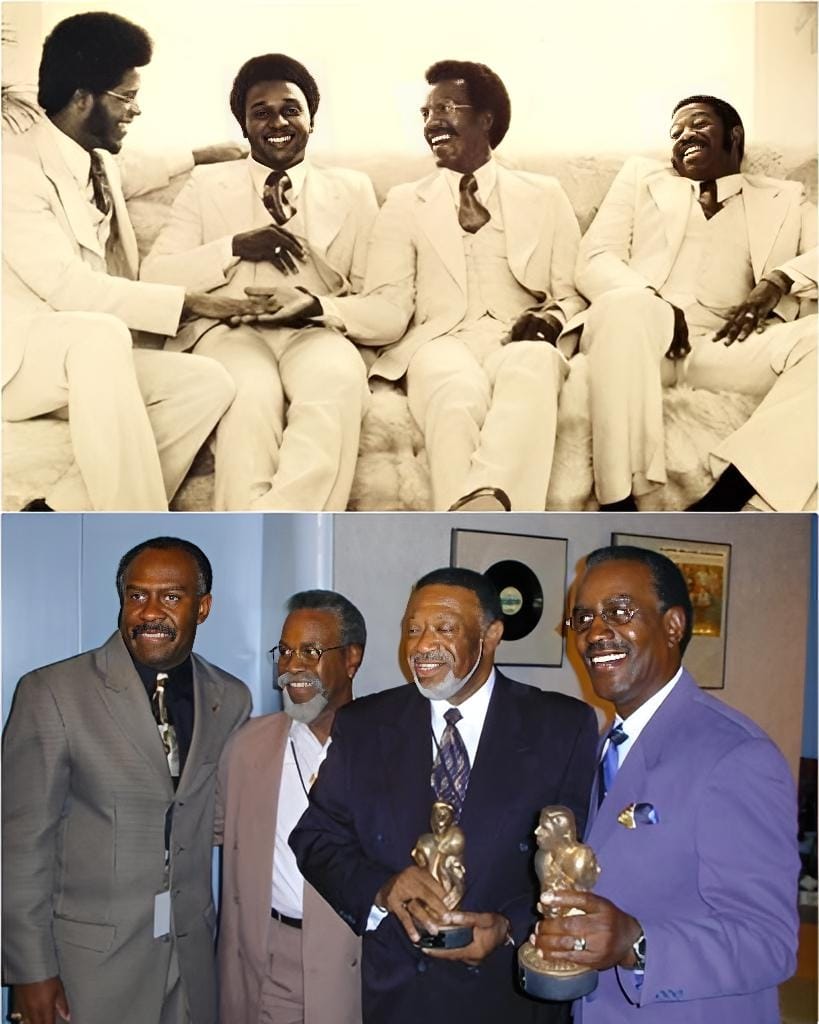Elon Musk – billionaire CEO of Tesla – has just revealed plans to put humanoid robots into production and use internally within the company next year and then expand to other companies by 2026. This is considered an important step in the world’s leading electric car manufacturer’s efforts to expand into the field of robotics and artificial intelligence.

“Humanoid robots will be really useful,” Musk said on the X platform (formerly Twitter). Tesla’s vision goes beyond using robots to streamline car manufacturing, aiming to tackle difficult tasks and alleviate labor shortages — a growing problem in many industries.

The Optimus Gen 2 robot prototype was displayed at the World AI Conference in Shanghai earlier this month.
In 2022, the world witnessed the impressive debut of Optimus – Tesla’s humanoid robot prototype. With the ability to walk, wave, and perform basic dance moves without a tether, Optimus left many people in awe. However, Musk also admitted that the production robot model is not yet operational.

The humanoid robot project, which is an offshoot of Tesla’s self-driving technology, has attracted particular attention from investors, with many seeing it as a testament to Musk’s ambition to position Tesla not just as an electric car maker, but also as a leading AI company.
But observers are also cautious about Musk’s timeline predictions. The Tesla CEO has been overly optimistic in the past. For example, on an April earnings call, he predicted that Optimus robots could complete factory tasks by the end of the year and be available for sale next year—a goal that many experts consider quite ambitious.

Still, the market reacted positively to Musk’s latest announcement. Tesla shares rose 5% on July 22, marking an impressive 75% recovery since late April, after a sharp decline at the beginning of the year.

Mr. Elon Musk
Tesla plans to start with small batches of humanoid robots next year, before scaling up to 2026. Musk is aiming for a price tag of under $ 20,000 per robot — a figure that may surprise many given the complexity of the technology involved. In particular, the robots are expected to be able to converse and equipped with safety measures to prevent misbehavior.

Tesla’s move reflects a growing trend toward humanoid robots being used for manual tasks. Many companies have already started using robots in warehouses to streamline logistics operations. But introducing robots to the automotive manufacturing line — a field that requires high precision and complexity — will be a huge challenge and a significant step forward for the robotics industry.





